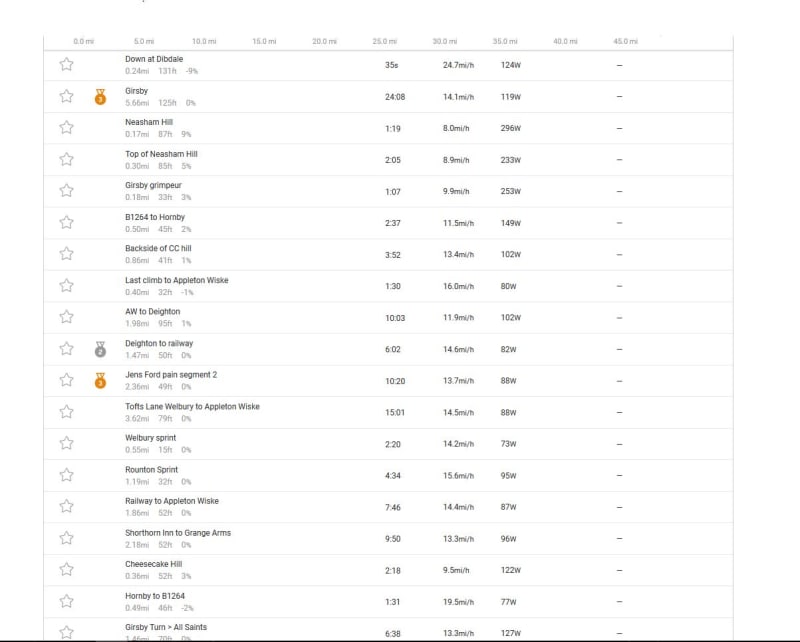Hi I am trying to figure out if the capacity of my battery (48v 20AH) is true.
I have looked at discharge capacity testers on you tube but am struggling to find any that would suppport a 48v battery. Could someone direct me to a device/method that would support this high voltage and also not be so expensive.
P.s. I have bought a battery tester from ebay however it doesn't actually provide me with the battery charge - the bars are full everytime i connect it up to a battery (does a battery need to have current drawn from it to show the capacity?)
Perhaps there may be an error on my part when Im connecting this tester up - here is the tester I purchased:
I have looked at discharge capacity testers on you tube but am struggling to find any that would suppport a 48v battery. Could someone direct me to a device/method that would support this high voltage and also not be so expensive.
P.s. I have bought a battery tester from ebay however it doesn't actually provide me with the battery charge - the bars are full everytime i connect it up to a battery (does a battery need to have current drawn from it to show the capacity?)
Perhaps there may be an error on my part when Im connecting this tester up - here is the tester I purchased:

